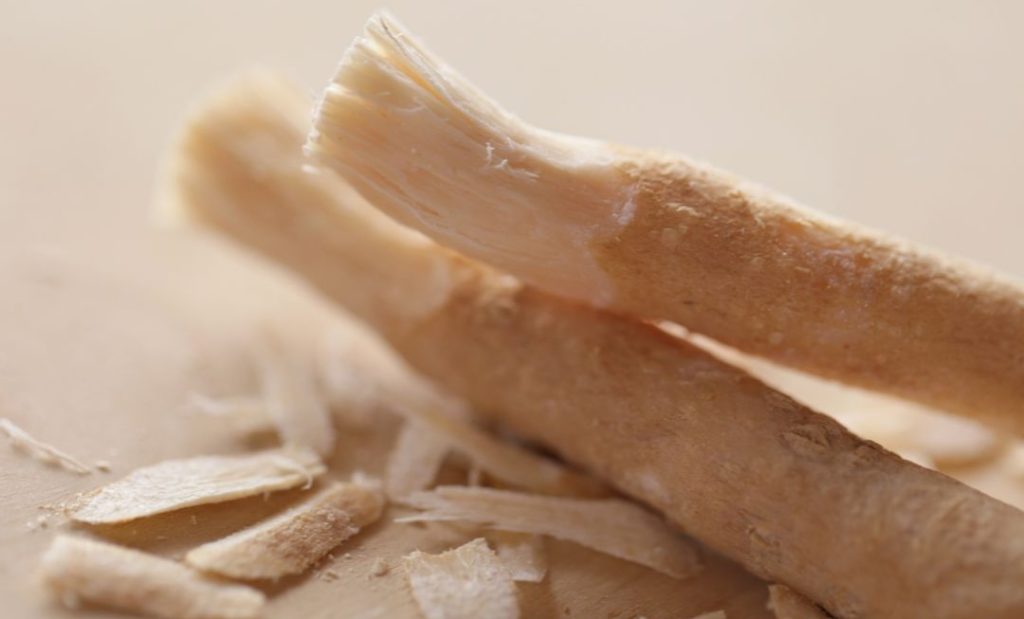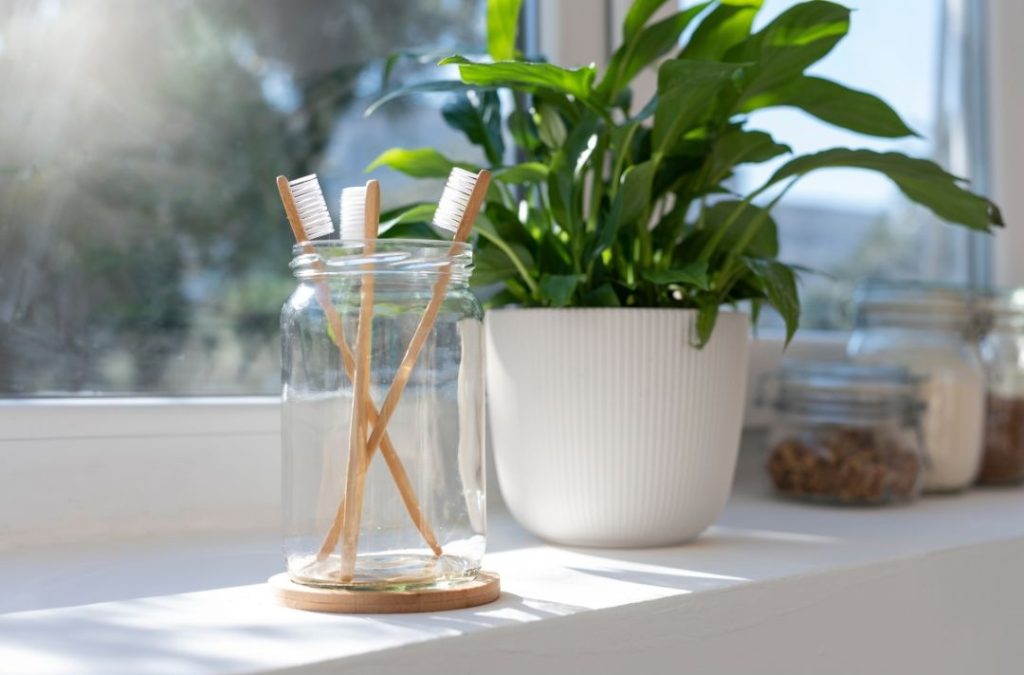Oral Health Practices Around the World
Oral health is an essential part of overall well-being, but how people care for their teeth and gums varies widely across cultures. From traditional techniques passed down through generations to modern practices guided by dental science, oral hygiene around the world reflects a fascinating blend of heritage, accessibility, and innovation.
In this blog, we’ll explore different oral health practices from various regions, examine what works, and consider what we can learn from global traditions. Understanding dental diversity not only helps us appreciate cultural differences but also broadens our approach to dental care.

Why Oral Health Practices Vary Across Cultures
Cultural beliefs, environmental conditions, diet, and access to dental services all play a role in shaping oral hygiene routines. While brushing and flossing are the norm in many Western countries, other cultures rely on natural materials, traditional remedies, or entirely different routines.
Despite these differences, the goal remains the same: preventing decay, protecting gum health, and preserving natural teeth. According to the World Health Organization (WHO), oral diseases affect nearly 3.5 billion people worldwide, with tooth decay ranking among the most common health conditions. How people respond to that challenge varies widely—and sometimes surprisingly.
Traditional Oral Hygiene Tools and Methods
Miswak Sticks in the Middle East and Africa
One of the oldest known oral hygiene tools is the miswak, a teeth-cleaning twig commonly used in parts of the Middle East, Africa, and South Asia. Made from the Salvadora persica tree, the miswak naturally contains antibacterial properties, fluoride, and silica, which help clean teeth, strengthen enamel, and reduce plaque.
Users soften one end of the stick by chewing it, then brush their teeth with the fibrous tip. Studies have shown that miswak use can be as effective as, or even more effective than, conventional toothbrushes when used properly.
Neem Twigs in India
Similar to the miswak, neem twigs have long been used in India as a natural toothbrush. Neem is known for its antibacterial and anti-inflammatory properties, making it useful for reducing gum disease and preventing cavities. Twigs are chewed to create a brush-like end and then used to scrub the teeth.
Today, neem is still a common ingredient in natural toothpaste in India and beyond.

Salt and Charcoal for Cleaning Teeth
Before modern toothpaste became widely available, many cultures relied on salt and charcoal for oral hygiene. While charcoal has gained popularity in modern oral care products, ABG Dental does not recommend charcoal toothpaste due to its abrasive nature and potential to damage enamel. Learn more about the risks of charcoal toothpaste in our in-depth articles on Teeth Whitening: Exploring the Benefits and Risks of Different Methods and Tips for a Healthy Smile.
Japan: Salt Rinses and Oil Pulling
In traditional Japanese practices, salt water was often used to rinse the mouth and clean wounds in the gums. Some modern natural routines still incorporate salt as a gentle, natural cleanser.
Additionally, some cultures—including those in India and Southeast Asia—practice oil pulling, which involves swishing sesame or coconut oil in the mouth for several minutes. This is believed to help reduce bacteria and inflammation. Though more research is needed, oil pulling remains a popular natural oral health practice today.
Diet and Its Impact on Dental Health
What people eat plays a significant role in their oral health, and traditional diets around the world offer some valuable insights.
Low-Sugar Diets in Rural Communities
In many rural areas of Africa and Asia, where processed sugar is limited, rates of dental decay tend to be lower. Whole grains, fibrous vegetables, and natural foods that require chewing help clean teeth and stimulate saliva production, which protects against acid erosion.
Western Diets and Dental Challenges
In contrast, modern Western diets—high in sugar, starch, and acidic drinks—are associated with higher rates of tooth decay and gum disease. The CDC notes that nearly half of U.S. adults over the age of 30 show signs of gum disease (Centers for Disease Control and Prevention). Regular brushing and professional cleanings are essential to offset the effects of these diets.
Community-Based Oral Care Models
Some regions rely more heavily on community-led oral health efforts, especially where professional care is less accessible. In parts of Latin America, Asia, and Africa, trained health workers or educators provide basic dental care and hygiene instruction. These models promote early intervention and cost-effective treatment, especially in underserved areas.
Mobile dental clinics and school-based fluoride programs are also common in countries like Brazil, where public health systems have integrated oral health into broader healthcare strategies.

Modern Innovations Inspired by Traditional Practices
While traditional methods may seem outdated, some have influenced modern products and approaches. For example:
- Toothpaste with charcoal or neem is now widely available in natural product stores.
- Mouthwashes containing salt or herbal extracts are increasingly popular in holistic care.
- Eco-friendly toothbrushes, including biodegradable models, are being developed to mimic the simplicity of traditional tools like the miswak.
What We Can Learn from Global Oral Health Practices
While not all traditional practices meet the standards of modern dentistry, many offer important takeaways:
- Natural ingredients can be effective when used correctly.
- Diet plays a key role in maintaining oral health.
- Community involvement and education can lead to better outcomes, even without advanced technology.
At the same time, it’s important to remember that brushing with fluoride toothpaste, flossing, and regular dental checkups remain the most effective ways to maintain oral health. Blending the best of traditional and modern practices can offer a balanced and informed approach.
Keep Your Smile Healthy with ABG Dental
Exploring dental diversity reminds us that there are many ways to care for your teeth—but routine checkups, cleanings, and preventive care remain essential no matter where you live or what methods you use.
At ABG Dental, we’re here to help you build a strong, customized approach to oral health that works for your lifestyle.
Want to learn more about our preventive care services?
Visit our services page to see how ABG Dental supports healthy smiles through cleanings, exams, fluoride treatments, and more.
